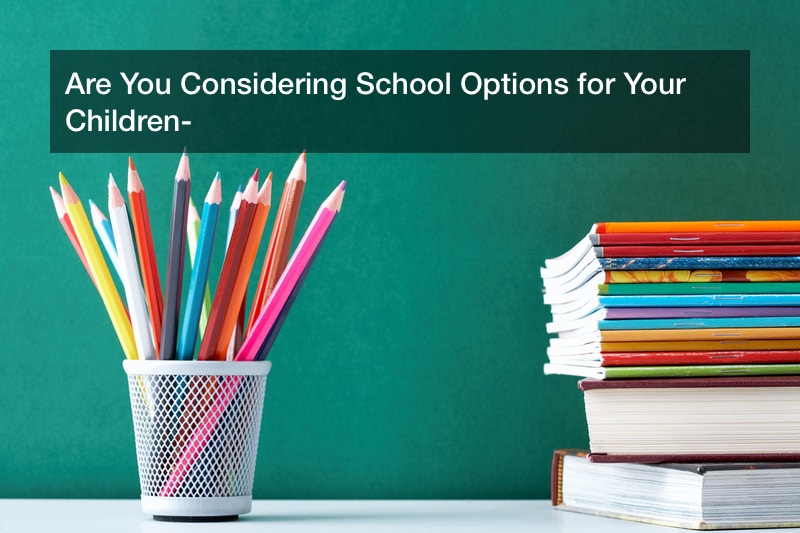
Education is a process. Sometimes, a process that is painful; sometimes, a process that is peaceful. As parents of children we all want to know that we have found the right educational setting that will teach our children how to excel in times of both pain and peace. We can watch our children battle through the toughest math class or enjoy the ride through the most enjoyable music course, but we want to know that the while process has been worth the effort.
Whether you are trying to figure out what to know about day schools in your area or you are trying to evaluate the kind of grades that your own public schools get, it is always important to make sure that you are looking at reliable resources. A recent report, for instance, indicated that when you look at the ratings between private and public schools there are really very little differences when you consider socioeconomic backgrounds. This does not mean, however, that all parents should shy away from either public or private schools. In all cases, it is essential that you consider some key components that are indicators of classroom success.
Class Size. Whether you are figuring out what to know about day schools that are close to your home or you are considering a public school magnet program across the city, how many children in the room matters. For high school English teachers, for instance, a class of 24 students or less is ideal. Giving writing teachers a manageable class size allows them to assign and evaluate more assignments during a year. An increase of even five students, in contrast, can limit the amount of assignments that are given.
In elementary classrooms, large class sizes might mean that there is less one on one time that teachers can give to individual students. It is often in class size where private schools may have an advantage. When you realize that 51% of three to five year-olds who were enrolled in preschool programs in 2015 attended full-day programs, you realize the importance of making sure that your student is in a classroom that is a manageable size.
Teacher Preparation. Unfortunately, in some states where there have been severe budget cuts there are now people teaching classes who do not have a formal educational background. In some states, for instance, teachers can come into a classroom as long as they have any kind of bachelors degree. Without formal training in classroom management and curriculum preparation, these teachers are not providing the same rich experience that specifically trained educators can offer.
When, however, you are in a school district that rewards teachers for having a masters degree in education or in a specific subject your student will more than likely benefit. The latest statistics show that as many as 95% of non-parochial private high school graduates go on to four-year postsecondary institutions. This number compares to 49% of public school graduates. It is possible that part of the reason for this difference may be the preparation of the teachers in the different kinds of settings. You have to be careful, however, that this percentage is not just a further indicator of how socioeconomics play into the future of a high school graduate.
You may go into a search thinking that you simply want to understand what to know about day schools, but in the end realize that what you are really looking for is a better understanding of class size and teacher preparation.
